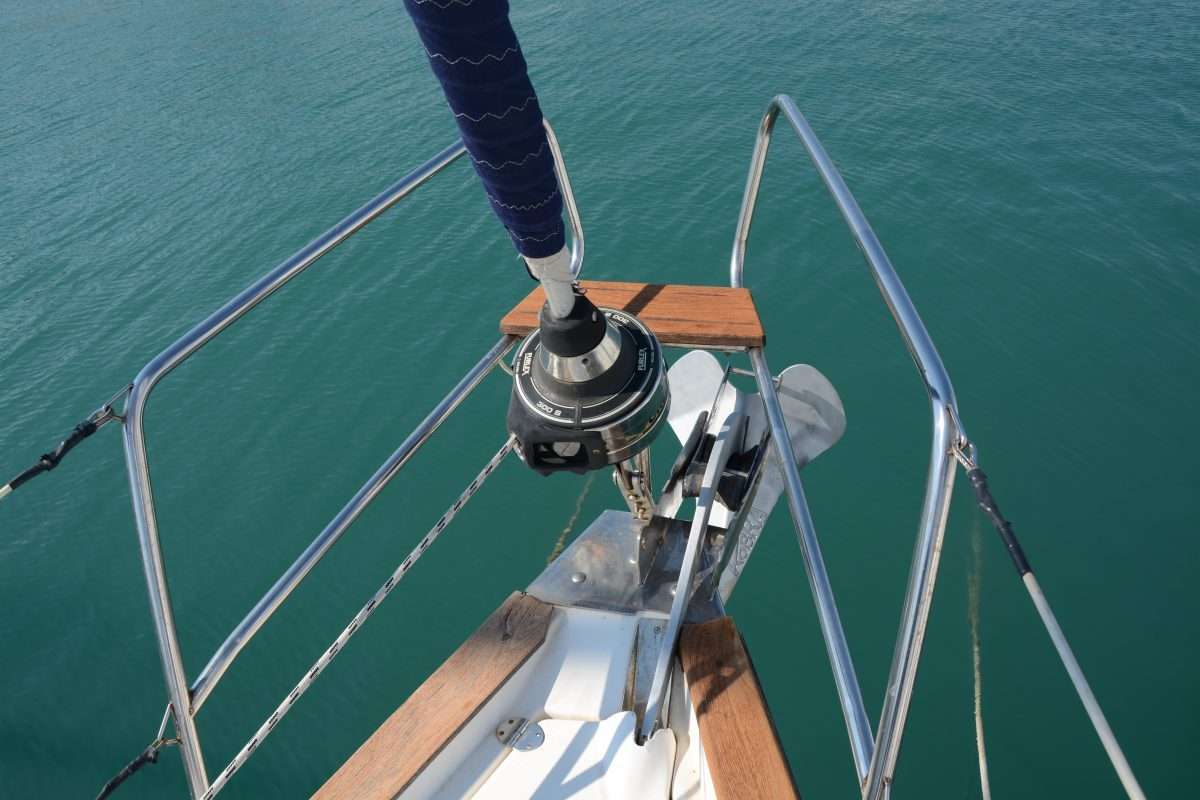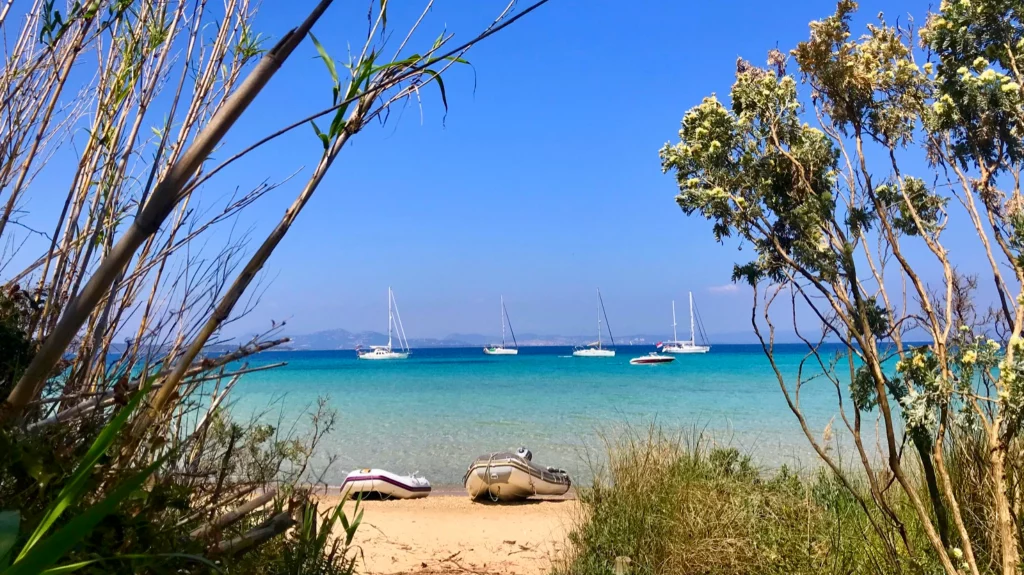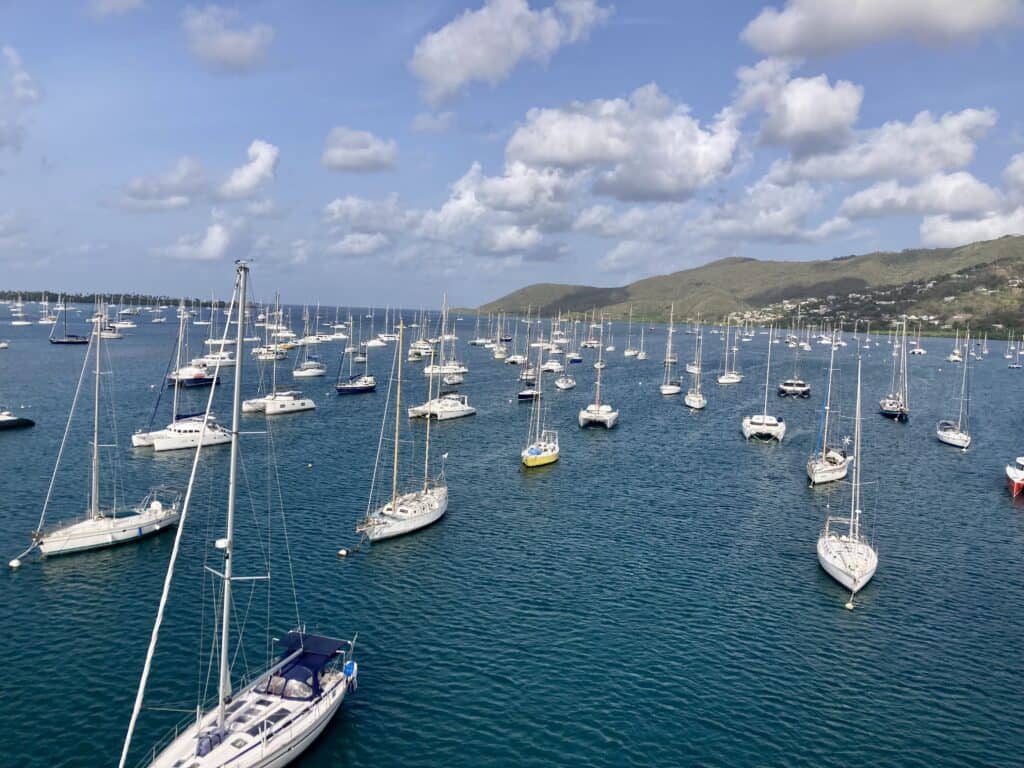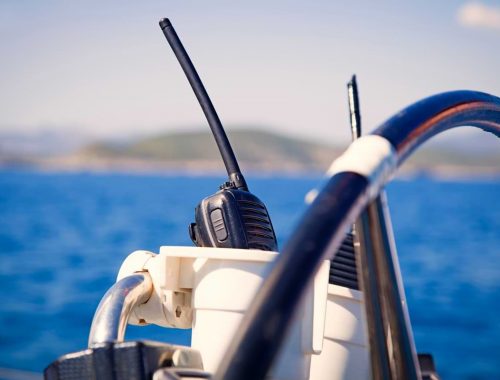
Anchoring: What to do if your boat drifts away in a bay
A slipping anchor is every cruiser’s nightmare. Discover the dangers of leaving your boat unattended at anchor, the economic and environmental consequences, and how proper anchoring can save you from disaster.
Every summer, a worrying number of boats end up on rocks, stranded on beaches, or drifting at sea, often with no one on board. The main cause? An anchor that “lets go,” meaning it loses grip on the seabed. This can happen either due to incorrect anchoring techniques caused by inexperience, or from a sudden change in weather conditions. Imagine this: you’re on shore, relaxed, and your anchored boat decides to take a solo vacation. The result can be devastating.

Why staying on board is essential
Remaining on the boat while at anchor is not just a precaution — it’s a necessity. If the anchor slips, you have the opportunity to react immediately, resolve the emergency, re-anchor, or simply move to another anchorage. The problem arises when the crew goes ashore, leaving the boat unattended. In these situations, the risk of losing the vessel increases dramatically.

The art of safe anchoring
Minimizing the risk of a slipping anchor is possible by mastering proper anchoring techniques. First, it is crucial to select an anchor suitable for the type of seabed in the anchorage. Not all anchors perform the same on sand, rock, or weedy bottoms. Secondly, you must follow the golden rule of scope — the length of the anchor line or chain should be at least four times the depth of the water.
Too often, crews drop the anchor with insufficient scope and fail to test its holding by briefly reversing the boat. This can create a false sense of security, which disappears at the first gust of wind or the first wave.

Nightmare scenarios: from drifting to wrecks
What happens when the anchor slips and no one is on board? The worst-case scenario is the boat smashing against rocks or running aground on a beach. In some fortunate cases, a neighboring boat may notice the problem and intervene to help. Another possibility is that the boat drifts offshore. While this may not cause immediate damage, it entails significant costs for recovery, often requiring the intervention of the Coast Guard or specialized companies. Additionally, an unattended drifting boat is an easy target for theft or vandalism.

Fines, damages, and legal liability
If your boat ends up on rocks or a beach due to a slipping anchor, you are required to report the incident to the Coast Guard. If the authorities find that no one was on board at the time, they can issue a fine of several thousand euros. In addition, you may be required to quickly remove the boat and could face penalties for environmental damage, such as fuel spills or other pollutants. In such cases, it is essential to notify your insurance company.
If you have comprehensive boat insurance, your liability will usually be limited to the deductible, while the costs of recovery and repairs will be covered by the insurance.

Charter boats: an amplified risk
If a rented sailing boat’s anchor slips, the consequences can be even more serious. In addition to damage to the vessel, the charter company suffers significant economic losses due to disruption of the rental season, cancellations, and compensation to clients. Furthermore, if the incident prevents the holiday from continuing, the charter company is not obliged to replace the boat or refund unused rental days.
The takeaway is simple: safe anchoring requires skill, attention, and presence on board. Never underestimate the power of the sea or the dangers of improvised anchoring. Your peace of mind, as well as the safety of your boat — and your wallet — depends on it.
Photo credits: Adobe Stock.
You May Also Like

Sailing among the most enchanting islands of Kvarner
24/12/2021
Ponza: Sailing among dreamy coves, sea caves, and archaeological treasures
24/10/2025






